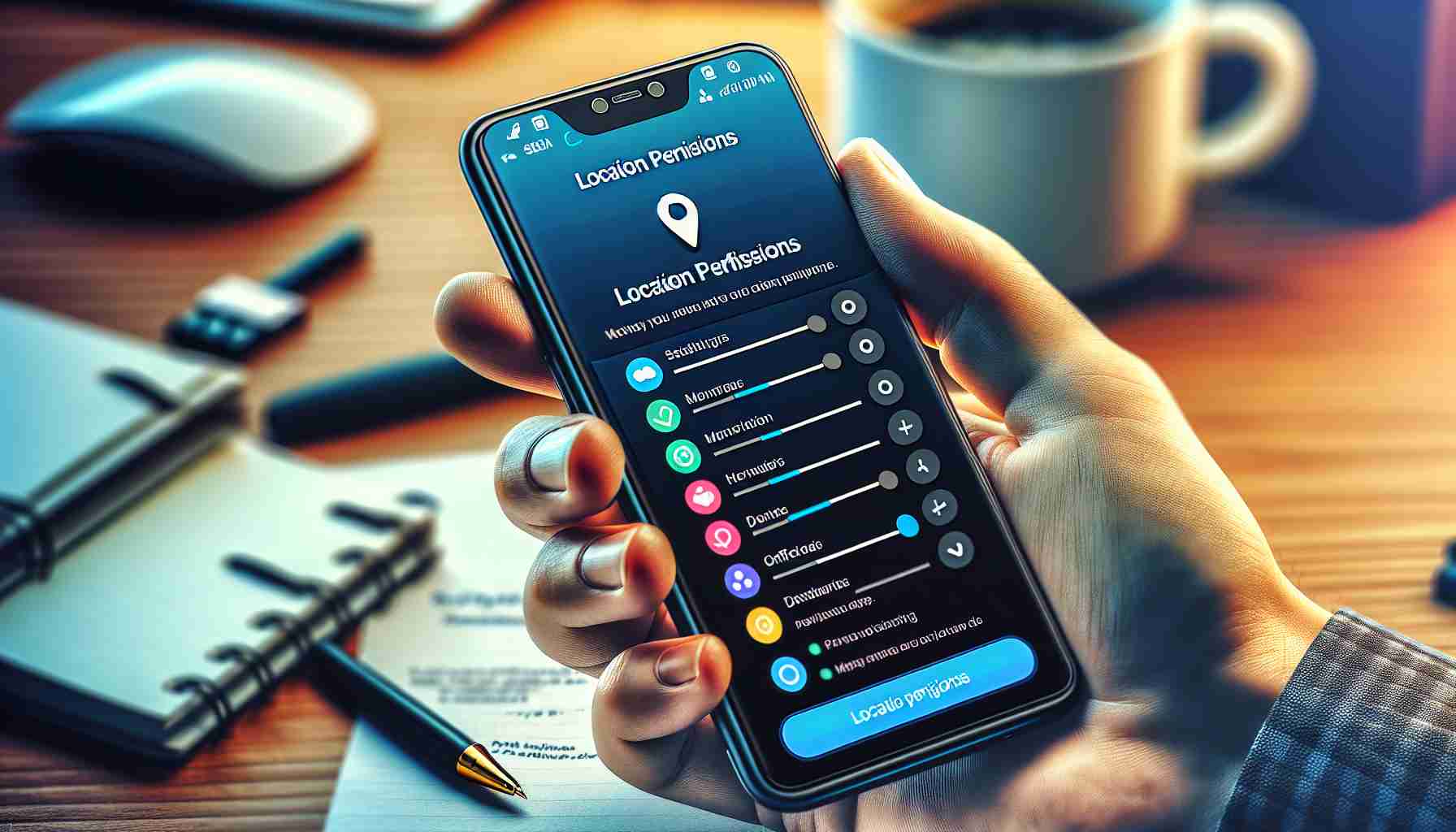Mobile operating systems offer users considerable control over app permissions, particularly regarding location access. Both Android and iOS provide options that categorize permissions into various access levels: always, only while in use, never, or prompting for permission each time. Additionally, users can manage whether an app receives exact location details or merely a general area.
For many applications, precise location access is essential. For instance, navigation and ride-sharing apps benefit significantly from accurate positioning. Conversely, certain apps, like those for music playlists in public spaces, typically require just an approximate location. In many scenarios, granting constant access to location data is unnecessary.
Android users may find themselves navigating a more complex permissions landscape. To enhance privacy, users can begin by accessing the settings menu and opting to delete their advertising ID, despite any lengthy disclaimers from Google. This step helps in limiting unwanted location tracking.
On the flip side, iOS users have built-in safeguards. Apple restricts apps from accessing the unique tracking identifier by default. However, users should familiarize themselves with the settings to ensure that no unwanted tracking requests are allowed. By navigating through Settings to Privacy & Security, they can oversee which apps request permission and can disable tracking requests entirely.
Both systems ultimately empower users to tailor app permissions, enhancing personal privacy and control. It’s invaluable for users to regularly review these settings to maintain their desired level of privacy.
Managing Location Permissions on Mobile Devices: A Deeper Insight
Mobile devices have become an essential part of our daily lives, and with this convenience comes the responsibility of managing location permissions for various applications. As technology continually advances, understanding how to handle location data effectively is vital for maintaining privacy and security.
Understanding GPS and Location Data Types
In the context of mobile devices, location can be determined in multiple ways, including GPS, Wi-Fi triangulation, Bluetooth beacons, and cell tower data. Each method has its own level of accuracy and privacy implications. For example, GPS provides precise tracking, while Wi-Fi-based positioning might only give a general area, but often suffices for apps needing location data without pinpoint accuracy.
Key Questions and Answers
1. What are the implications of granting continuous access to location data?
– Providing apps with continuous access can lead to significant privacy flaws. Unmonitored access may enable unauthorized tracking and data collection, which some apps might use for targeted advertising or data resale.
2. How can users protect themselves from unwanted tracking?
– Users should regularly review app permissions and provide location access selectively. Turning off location services altogether or limiting them to “While Using the App” can greatly minimize exposure.
3. What happens to location data once it is collected?
– The handling and storage of location data vary by app and developer. Some companies employ robust data protection measures, whereas others may not secure this data, thus posing potential risks of breaches.
Key Challenges and Controversies
One prominent challenge is the trade-off between convenience and privacy. Many apps require location access to enhance user experience, but this often comes at the cost of personal data privacy. Users may inadvertently grant permissions without understanding the full scope of data collected.
Another controversy lies in the transparency of consent. Users often encounter lengthy, vague agreements that do not clearly outline how location data will be used. This lack of clarity leads to informed consent issues where users might not realize the extent of data sharing.
Advantages and Disadvantages of Managing Location Permissions
Advantages:
– Enhanced privacy: By managing permissions diligently, users can significantly reduce their digital footprint.
– Control over data: Users can curate what information is shared with applications, fostering a more personalized experience while limiting unwanted access.
Disadvantages:
– Reduced functionality: Some apps may limit their features without location access, which can detract from user experience.
– User complexity: Managing permissions can be cumbersome, and not all users possess the technical savvy to navigate the intricacies of mobile settings effectively.
Regular Review and Best Practices
It is advisable for users to routinely review app permissions, especially after updates or when downloading new apps. Additionally, utilizing features such as location-based reminders or geofencing should be approached cautiously, as these often require extensive location access.
In conclusion, managing location permissions is a crucial aspect of mobile device usage that directly impacts user privacy and security. By understanding the tools available and the implications of sharing location data, users can ensure a balance between functionality and privacy. For more information on privacy and security best practices, visit Consumer Reports.











